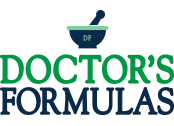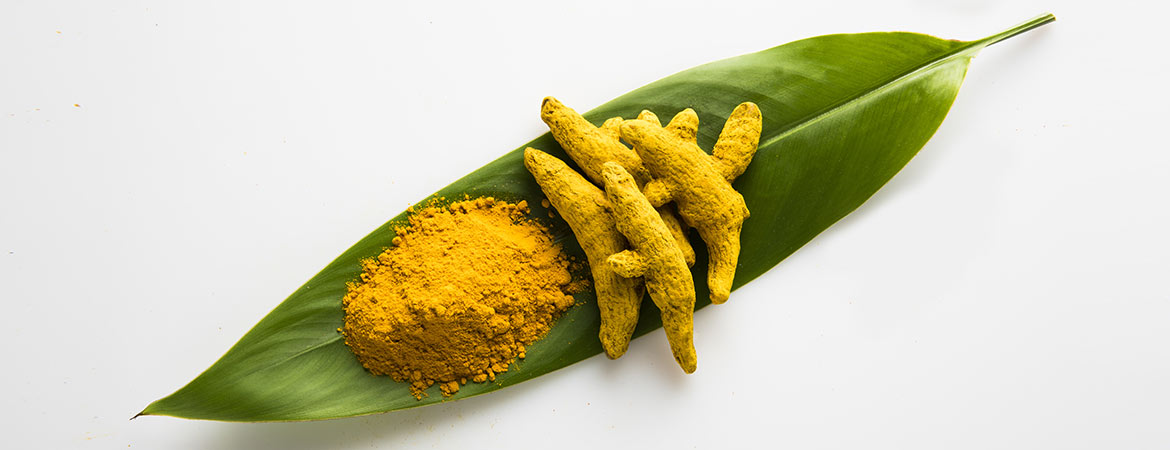Curcumin: Properties and Mechanisms of Action
The phytochemical substance that demonstrates powerful healing properties!
The properties of curcumin are antioxidant and anti-inflammatory. Curcumin is ideal for the prevention and treatment of diseases associated with oxidative stress and inflammation. It is noteworthy that curcumin has been known for its wide range of beneficial effects over thousands of years, but the biological effect of this factor has only been understood in recent years.
The anti-inflammatory effects of curcumin have been supported by many laboratory studies.
⇒ Arora et al. Have reported their anti-inflammatory activity and evaluated their anti-inflammatory activity, comparing it with that of hydrocortisone acetate and phenylbutazone.
It was found that the anti-inflammatory effect of curcumin was almost as effective as the inflammatory drugs. Recently, the anti-inflammatory effect of curcumin has been demonstrated in both acute and chronic inflammation models. Furthermore, administration of curcumin significantly reduces inflammatory edema in cases of acute inflammation.
Administration of curcumin was found to be as effective as cortisone and phenylbutazone, even in chronic inflammation.
⇒ In a double-blind study of patients diagnosed with rheumatoid arthritis, at 5-6 weeks, there was a general improvement in morning stiffness and physical endurance. This yielded results similar to those obtained in drug studies.
Data showed that curcumin regulates pathways associated with signaling inflammation.
Like non-steroidal anti-inflammatory drugs, curcumin can act through a unique mechanism, or a combination of any of the mechanisms that include:
* Inhibition of arachidonic acid metabolism,
* Inhibition of COX,
* Inhibition of prostaglandin (PG) synthesis,
* Inhibition of LOX,
* Inhibition of cytokines, interleukins (IL), (TNFα), etc.,
* The release of steroid hormones from the adrenal glands,
* The stabilization of the lysosomal membrane,
* Decoupling of oxidative phosphorylation.
Molecular Mechanisms & Research
Accumulated research shows that inhibition of the eicosanoid pathway is the dominant mechanism for most of the anti-inflammatory effects induced by curcumin. It is worth noting that, so far, over 100 research studies have been published that involve the inhibitory effects of COX and LOX pathways from curcumin.
Cyclooxygenase catalyzes the conversion of arachidonic acid to prostaglandin H2 (PGH2) as a first step, and in turn, turns into a series of end-active products in different types of cells and with different expressions.
Two COX isoforms have been identified, COX-1 and COX-2. These are encoded by two different genes, and while COX-1 is expressed in mammalian cells, particularly endothelium, platelets, and kidneys under normal conditions, COX-2 is induced in pathological states with inflammatory arousal.
Therefore, COX-1 component is more involved in homeostatic processes, whereas COX-2 is the isoform that plays an important role in the inflammatory process and the pain associated with it.
Nevertheless, evidence shows that COX-1 and COX-2 have overlapping actions. The inhibitory effect of curcumin on COX has been demonstrated by a number of studies using in vitro and in vivo model systems.
⇒ Srivastava et al. Showed that curcumin inhibited the incorporation of arachidonic acid into platelet phospholipids and inhibited the deacylation of PGF2α, PGI2, TXA2, PGE2.
Products and enzymes from arachidonic acid metabolism that are involved in inflammation and the precise molecular mechanism by which curcumin produces suppression of COX isoforms is not yet fully understood, but the information available tends more towards pleiotropic mechanisms.
⇒ Zhang et al. Investigated the effect of curcumin on COX-2 expression in HT-29 gut cancer cells treated with various concentrations of curcumin. Curcumin inhibited the growth of HT-29 cell cells in concentration and in a time-dependent manner. There was a remarkable inhibition of COX-2, but not COX-1, mRNA and COX-1 expression protein.
⇒ Kim et al. Showed that the inhibitory effect of curcumin on the Janus kinase (JAK) -STAT (signal transducer and transcriptional activator) signaling could contribute to its anti-inflammatory activity in the brain.
⇒ Recent studies have shown that (NF-κB) is involved in the regulation of COX-2. Surh et al. Studied the molecular mechanism based on the anti-inflammatory effect of curcumin. They saw a down-regulation of COX-2 by suppressing NF-κB.
⇒ Han et al. Showed that curcumin inhibited 12-O-tetradecanoylformol-13-acetate (TPA), induced NF-κB activation by inhibiting the degradation of the inhibitory protein IκBα and then shifting the p65 subunit into cultured human leukemia preemulocytes (HL-60) . Alternatively, curcumin suppressed the TFA-induced activation of NF-κB by directly disrupting the binding of NF-κB to the DNA sequences.
⇒ It is important to note that the studies carried out by Shishodia et al. Showed that curcumin regulates downward activation of the NF-κB induced by the cigarette through inhibition of IκBα and correlates with COX-2 suppression.
Another important molecular mechanism by which curcumin regulates COX-2 is by modulating the inducible expression of nitric oxide synthase (iNOS). Several in vitro and in vivo studies have shown evidence of interaction between COX-2 and iNOS expression. The mechanism by which NO / iNOS regulates the activity of COX-2 is not fully understood.
Lipoxygenases, such as COX, are enzymes involved in the metabolism of arachidonic acid by catalyzing the introduction of oxygen at various positions of arachidonic acid. Among the various LOX enzymes, mediated 5-LOX metabolites of arachidonic acid play an important role in inflammation. The final and biologically active metabolites of the 5-LOX cascade are (HETE), leukotrienes (LTs), and lipoxins. Leukotrienes are potent mediators of inflammation and include LTB4 and so-called cystyinylated LTs (LTC4, LTD4, and LTE4).
The target of the biological effects of LTB4 has been found to be primarily inflammatory cells. These cells in the vascular endothelium cause chemokinetic and chemotactic responses. In addition, LTB4 has been shown to be involved in the pathogenesis of a variety of inflammatory conditions. LT also stimulates the production and release of proinflammatory cytokines from macrophages and lymphocytes and, recently, also in the synovial membrane.
The inhibitory effects of curcumin on LOX have been demonstrated by a number of laboratories using in vitro and in vivo model systems.
Flynn et al. Studied the inhibition activities of curcumin on 5-HETE. Curcumin, found, among but being a potent inhibitor of 5-HETE.
⇒ Also, Ammon et al. Showed the inhibitory effect of curcumin on 12-LOX on platelets. The results suggest that curcumin inhibits 5-LOX activities in both in vitro and in vivo models.
The exact mechanism with which curcumin regulates 5-LOX has not yet been investigated and so far very few studies have been done. One of these studies suggested that curcumin could regulate 5-LOX through inhibition of growth factor-T signaling transformation (TGF) -α.
There are many advantages of applying curcumin to the prevention and treatment of various inflammatory diseases compared to conventional NSAIDs and selective COX-2 inhibitors due to its dual COX / LOX inhibitory property. COX-2 inhibitors primarily exert their effect by reducing the production of PGs induced in the inflammatory process.
In recent years, it has been clarified that PG synthesis is only a part of the arachidonic acid pathway, this precursor, is a substrate that generates many other lipid mediators, such as LTs and lipoxins (LXs).
Leukotrienes have an important role in the development and persistence of the inflammatory process, and it is now clear that PG and LTs have complementary effects, whereas LXs production can counteract the inflammatory effects of LTS.
It is also important to note that the effect of COX-2 inhibitors on cardiovascular diseases raises several doubts about their use because it could potentially increase the risk of thrombosis because they block PGI2 production, a potent anti-aggregating factor , While curcumin has no such side effects.
Shah et al. Studied the mechanism of platelet aggregation by curcumin. They showed that curcumin inhibited platelet aggregation induced by platelets agonist epinephrine (200 μM), platelet activating factor (PAF, 800 nM), and collagen (20 μg / mL), and AA (0.75 MM).
* Based on this, inhibition of both LOX and COX with curcumin may have synergistic effects and achieve optimal anti-inflammatory activity.
* In addition, dual inhibition of COX and 5-LOX with curcumin could produce a wider range of anti-inflammatory actions.
See here the Liposomal Curcumin Formula by Doctor's Formulas
¡Liposomal molding technology brings greater absorption and bioavailability of the active substances and vitamins!



